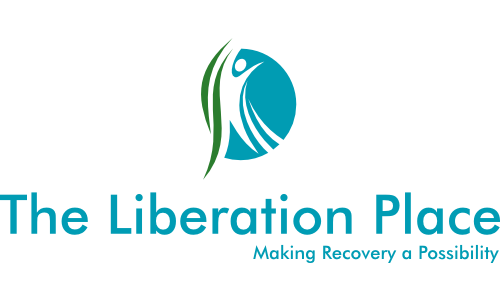Opposite Action
Taking the opposite action is exactly what it sounds like, it really is one of the simplest skills to understand in the entire DBT Skills arsenal. However, it’s not always as easy as it sounds to implement when we are emotionally charged in an activating situation. Taking an Opposite Action literally means to notice what part of your personality has been activated in your system, recognize that the action this part wants to take is not the direction you want to go in, and literally take the opposite action. This skill has been shown, time and time again, to reduce the emotional impact that a part is having on your system when the emotional experience you are having doesn’t fit the facts of the situation.
The age-old adage “If you fall off a horse, get right back on it,” is a great example of the Opposite Action skill in practice. In this situation, the urge associated with the fear you are experiencing is to run away and never get back on the horse, or even go near one ever again. When you get back on the horse right away, your fear is overcome relatively quickly, reducing the emotional impact moving forward. This is one of the primary reasons that most treatments for “emotional problems” will use the skill of Opposite Action in some way or another to change the emotional experience for the person struggling. This includes the work that is done around Behavioural Activation Therapies for depression, and exposure therapies for anxiety and fear-based issues.
" Knowing something isn’t dangerous, but still feeling deathly afraid of it, is a perfect example of an opportunity to practice the Opposite Action Skill."
~Steven Morris RP.
Opposite action works best when we know that the facts don’t fit the emotional reaction to the situation we are in, but simply knowing that the facts don’t fit the situation doesn’t change the emotional experience. Taking an opposite action at this point in time can be an effective way of reducing the overwhelming emotional experience we may be having in the moment. For example, knowing something isn’t dangerous, but still feeling deathly afraid of it, is a perfect opportunity to practice the Opposite Action Skill. the process starts with you identifying and naming the emotional state that is active in your system. In other words, Observe and Describe what’s happening during the situation or circumstance you’re in. Then check the facts to make sure the emotion lines up with what’s actually happening, confirming that you’re not reacting to an inappropriate childhood schema that’s currently active in your system.
On the PDF attached to this page there are a series of questions to ask yourself if you find yourself in a situation where opposite action might be needed. Practice these questions over, and over again when making decisions that are not as emotionally activating as those when you will really need this skill. Develop them as part of your process to help remove impulsive choices. The following is a list of these exploratory questions.
Is the emotion a reasonable response, given the situation?
Is it justified by the facts of what’s happening?
Is it tied to particular schema?
Am I looking at life through a particular filter and missing the facts?
“The age-old adage, if you fall off a horse, get right back on it, is a great example of the Opposite Action skill in practice.”
~Steven Morros RP.
Next, Identify and describe your action urges. Notice the thoughts that are pushing you to follow a specific path. Pay attention to your impulses, desires, and cravings. Focus on the parts of you that feel like doing or saying something without weighing up the Pros and Cons. Ask yourself more questions to follow up:
What do I want to do?
What do I want to say?
Is this something that needs to be said?
Is it something that needs to be done?
Is it me that needs to say it?
Is it me that needs to do it?
Download the PDF of this page
Follow us on Social Media





